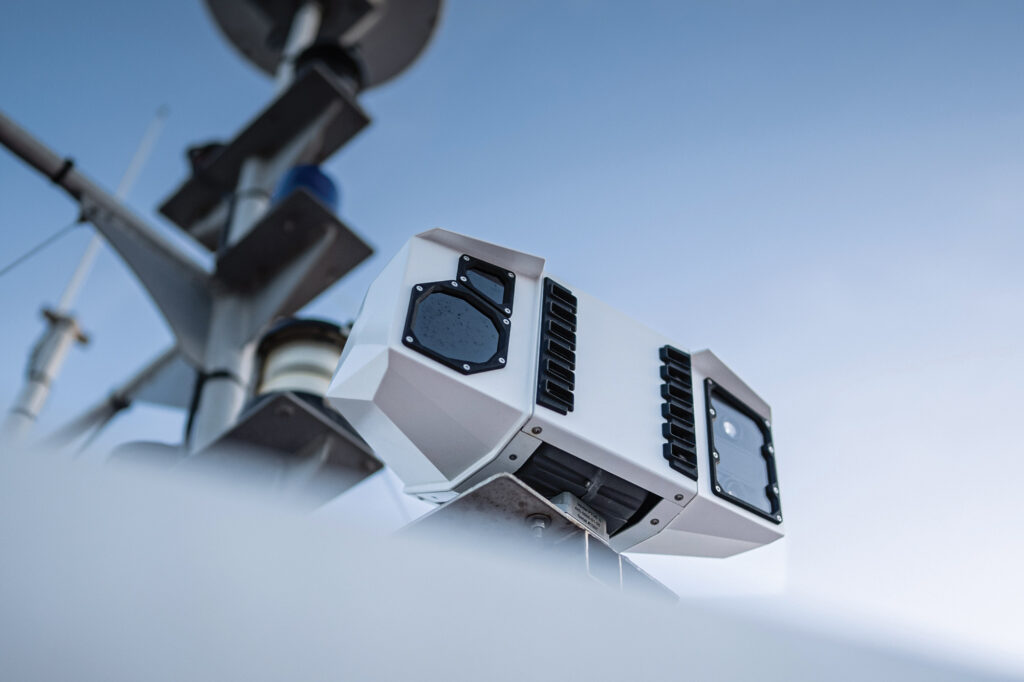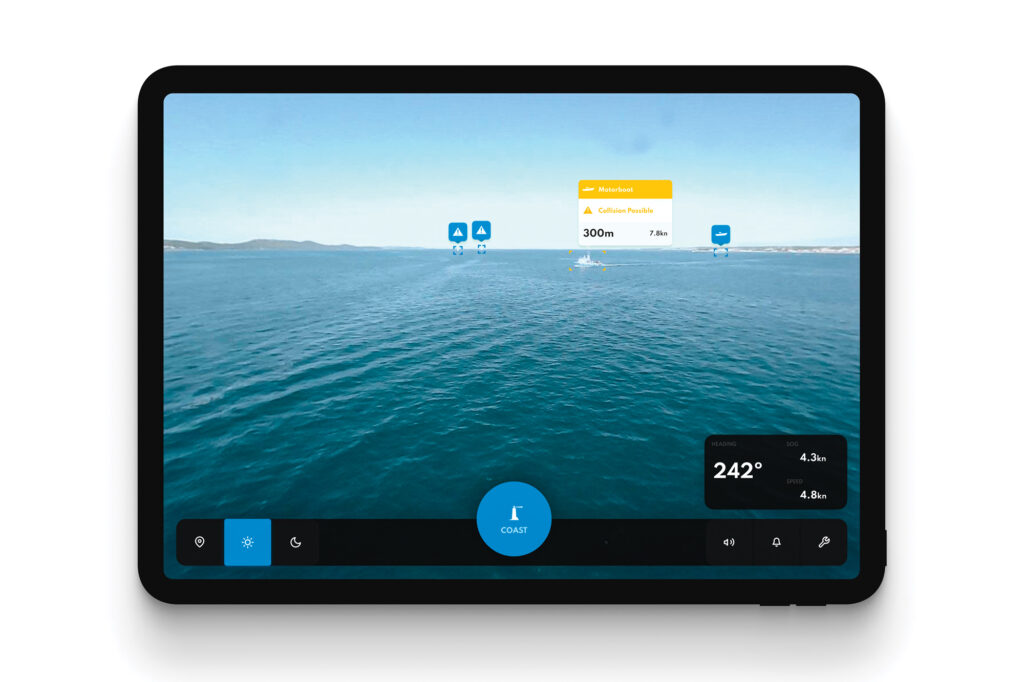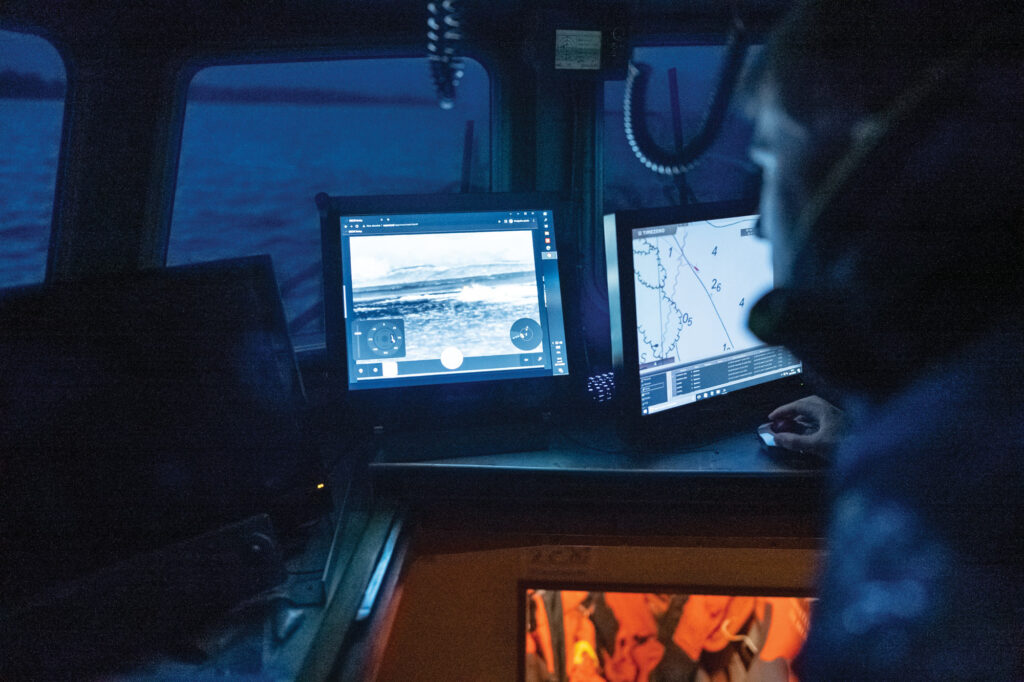
In 2020, the BSB Group released Oscar, a machine vision collision-avoidance system. Oscar used cameras to detect objects, and it would send real-time alerts to avoid collisions.
The company, now called Sea.AI, has since partnered with Pixel sur Mer, a French data-management and vessel-control company, and with ENSTA Bretagne, a French university with expertise in robotic engineering and autonomous navigation. Together, the trio is innovating Exos 2024, an AI and multisensor system for detecting, identifying and autonomously dodging obstacles.

These sensors include automatic identification system receivers, global-positioning system receivers, radar and cameras. Exos 2024 fuses information from all the networked sensors, allowing AI to make more-informed decisions than an optical-only solution.
Gaetan Gouerou, Sea.AI’s co-founder, says one of Exos 2024’s main challenges is determining when the system should intervene. “The autopilot will only take over in the event of a proven dangerous situation,” he says. “The acquisition of reliable information required for such action is a challenge.”

Gouerou says the group’s collective experiences will allow them to build a solution faster than any of the three could develop the technology alone. The plan is to make Exos 2024 available to singlehanded sailors competing in the 2024 Vendee Globe around-the-world race.
Database Building
In 2020, Sea.AI commanded a million annotated maritime objects in its database. It’s now more than 9 million objects. Exos 2024’s AI examines real-time imagery captured by its cameras using information gleaned from its database to detect and identify nonwater objects. Sea.AI plans to leverage the gains it makes with the Exos 2024 project to improve Sentry, a collision-avoidance system for power cruising.
Take the next step: sea.ai









